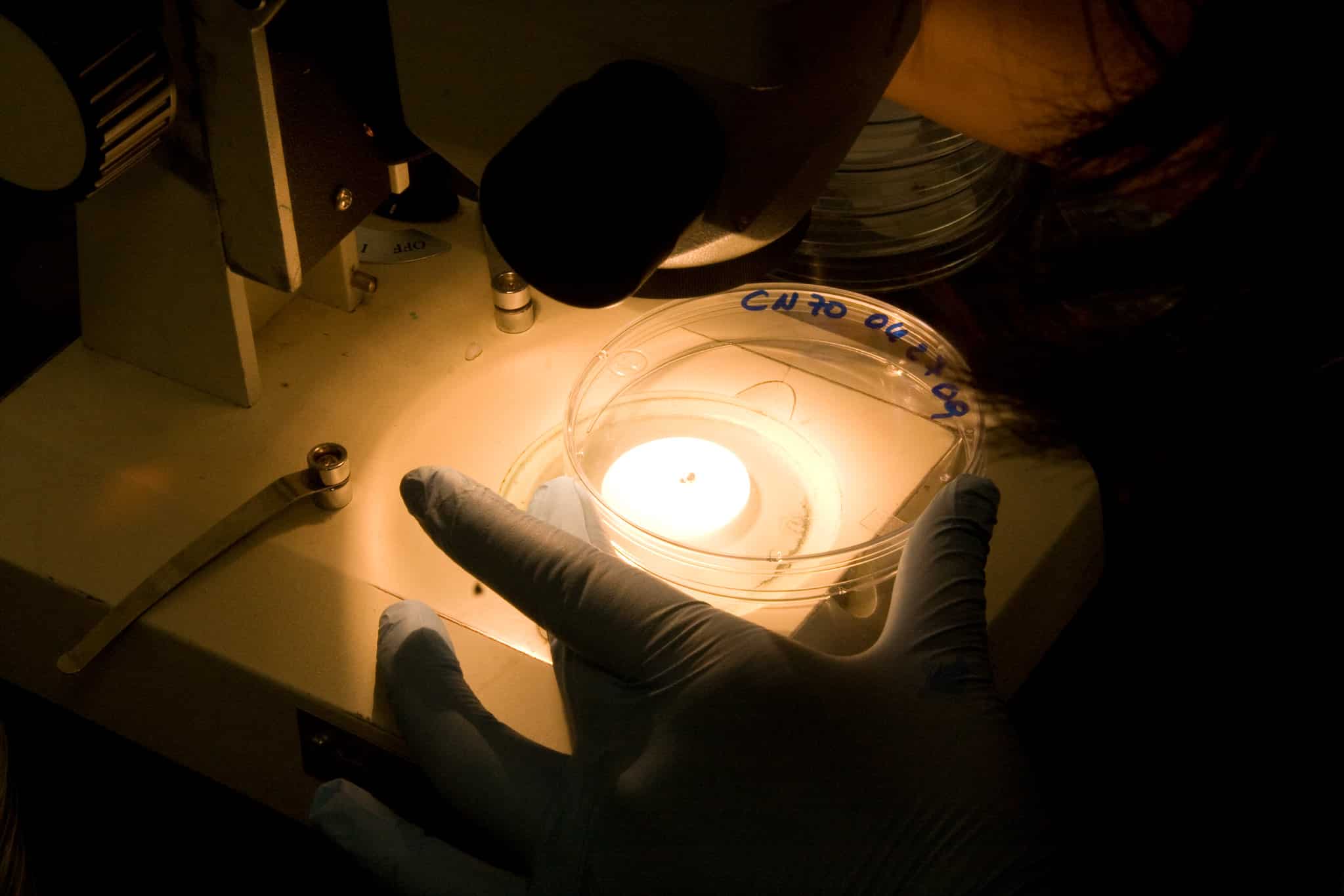

Since the EU banned animal testing for cosmetics and their ingredients, a team of researchers from Graz University of Technology and the Vellure Institute of Technology (VIT) in India has been developing 3D-printed skin imitations that resemble the three-layer tissue of the human body.
Indeed, as a result of the European Union’s ban on such testing, the search for new methods has considerably increased worldwide. The alternative approach currently being developed involves hydrogel formulations that are printed alongside living cells.
According to Karin Stana Kleinschek from the Institute of Chemistry and Technology of Biobased Systems, “The hydrogels for our skin imitation from the 3D printer have to fulfill a number of requirements.” Kleinschek added, “The hydrogels must be able to interact with living skin cells. These cells not only have to survive, but also have to be able to grow and multiply.”
Currently, the institution is working intensively on cross-linking methods for stabilization of the hydrogels. Researchers developing the technology are attempting to imitate natural examples of this process as the cross-linking takes place in very specific conditions and, crucially, without the use of cytotoxic chemicals.
After they were successfully stabilized, both research institutions worked to test how resistant to toxicity the 3D-printed cells were. Researchers discovered that only when the skin cells in the hydrogel survived in cell culture for a period of two to three weeks and developed skin tissue would they be ready for testing in cosmetics, obviating the need to experiment on animals.
After revealing the success of the 3D-printed hydrogels, the research team announced that in the next step, the 3D-printed model’s skin imitations will be used to test nanoparticles.
Karin Stana Kleinschek explained, “This is a success for the complementary research at TU Graz and VIT. Our many years of expertise in the field of material research for tissue imitations and VIT’s expertise in molecular and cell biology have complemented each other perfectly.”
She added, “We are now working together to further optimize the hydrogel formulations and validate their usefulness as a substitute for animal experiments.”
The European Union’s ban on animal testing for cosmetics through Directive 2010/63/EU has opened the door for this research to take place. Indeed, the purpose of this directive is to protect animals from being used for scientific purposes, with the overarching aim of ensuring a high standard of animal welfare.
One of the directive’s long-term goals is to replace animal testing procedures as quickly as is scientifically feasible by promoting alternatives such as 3D-printed human skin.
Animal testing for cosmetics is banned in the EU. MEPs care about animal welfare and advocate a global ban ↓ pic.twitter.com/I97jBM9Li5
— European Parliament (@Europarl_EN) May 2, 2018
